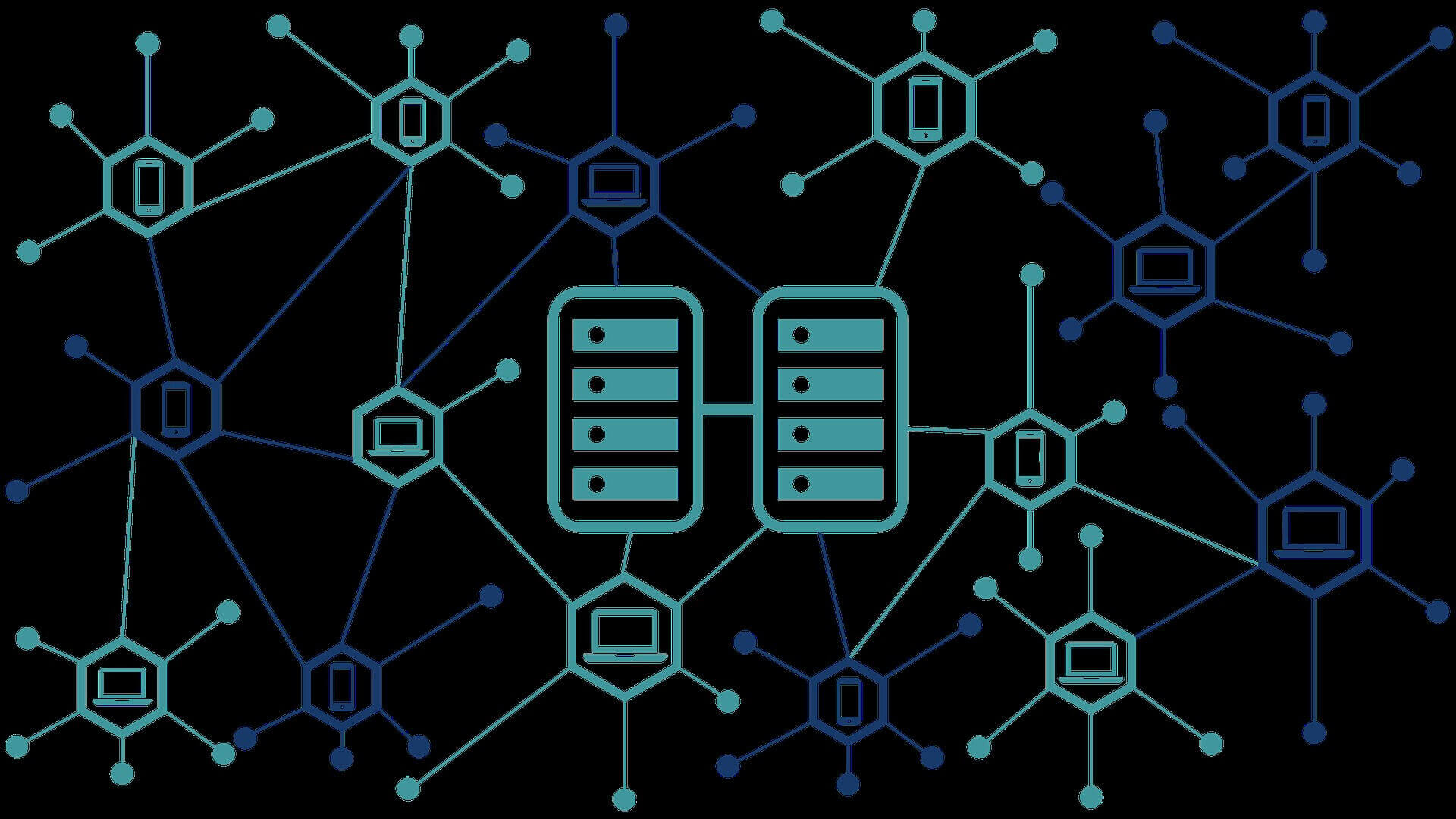
Blockchain bitcoin trading platform is a distributed database that allows for secure, transparent, and tamper-proof record-keeping. When applied to healthcare, it has the potential to revolutionize the way patient data is stored and accessed, as well as how financial transactions are processed.
- Top 5 Crypto Performers: BTC, EOS, ETH, TRX, NRG
- What is the Debate about Bitcoin Investment Safety?
How can blockchain be used in healthcare?
There are many potential applications of blockchain technology in healthcare, from streamlining clinical trials to improving health insurance claims processing. Perhaps the most transformative use case is in electronic medical records (EMRs).
By storing patient data on a decentralized blockchain platform, EMRs could be made more secure and accessible while also giving patients more control over their own data. In addition, blockchain could be used to create a single, tamper-proof version of the truth for a patient’s health record, which would be accessible to all authorized parties.
What are the challenges of implementing blockchain in healthcare?
Despite the many potential benefits of blockchain technology in healthcare, there are also several challenges that need to be addressed before it can be widely adopted. These include:
- Regulatory hurdles: Blockchain technology is still in its early stages and is not yet regulated by most governments. This could pose a challenge for healthcare organizations that want to use blockchain but are subject to strict compliance guidelines.
- Lack of standardization: There is currently no standardization around how blockchain platforms should be built or operated. This lack of standardization could impede interoperability and make it difficult for different healthcare organizations to work together on shared blockchain platforms.
- Technical challenges: Building and maintaining a decentralized blockchain platform is technically complex and requires a high degree of expertise. In addition, scalability is a major challenge for blockchain platforms, as they need to be able to handle large volumes of transactions.
- What are some examples of companies using blockchain in healthcare?
How can blockchain be used in business and everyday life?
While healthcare is one industry that stands to benefit greatly from blockchain technology, it is by no means the only one. Here are a few other examples of how blockchain could be used in business and everyday life:
- Identity management: Blockchain could be used to create a secure, digital identity for individuals, businesses, and devices. This would have applications in areas like KYC (know your customer) compliance and fraud prevention.
- Supply chain management: Blockchain could be used to track goods and materials as they move through the supply chain, from manufacturers to retailers. This would improve transparency and efficiency while also reducing the risk of fraud and counterfeiting.
- Smart contracts: Blockchain-based smart contracts could automate a wide range of business processes, from financial transactions to legal agreements. This would reduce the need for manual processing and could help to speed up transactions.
- Voting: Blockchain could be used to create a secure, transparent, and tamper-proof voting system. This could have applications in both public and corporate elections.
- Data management: Blockchain could be used to store data securely and protect it from tampering or unauthorized access. This would have implications for data security and privacy, as well as for compliance with GDPR (General Data Protection Regulation).
What are the benefits of using blockchain technology?
There are many potential benefits of using blockchain technology, including:
- Increased security: Blockchain platforms are designed to be secure and tamper-proof, which makes them ideal for storing sensitive data.
- Improved transparency: Blockchain platforms can provide a high degree of transparency, as all transactions are recorded on the public ledger.
- Faster transactions: Blockchain-based transactions can be processed much faster than traditional methods, such as bank transfers.
- Reduced costs: By eliminating the need for intermediaries, blockchain technology can help to reduce transaction costs.
- Greater efficiency: Automated processes enabled by blockchain technology can help to improve efficiency and reduce errors.
How do you get started with blockchain technology?
If you’re interested in exploring blockchain technology, there are a few ways to get started:
- Join a blockchain platform: There are many different types of blockchain platforms available, such as Ethereum, Hyperledger, and Corda. Each platform has its own strengths and weaknesses, so it’s important to choose one that’s right for your needs.
- Use a blockchain service: If you don’t want to build a blockchain platform from scratch, you can use a blockchain-as-a-service (BaaS) provider like IBM or Microsoft Azure. BaaS providers offer ready-made platforms that you can use to develop and deploy your own applications.
- Build a blockchain application: If you want to experiment with blockchain technology, you can build a simple application using one of the many available frameworks, such as Ethereum’s Truffle Framework or Hyperledger’s Fabric SDK.
- Try a blockchain simulator: If you’re just getting started with blockchain technology, you can try a blockchain simulator like Ethereum’s TestNet or Bitcoin’s TestNet3. These platforms allow you to experiment with blockchain applications without having to invest any money.
- Learn about cryptocurrencies: Cryptocurrencies are digital assets that are built on top of blockchain platforms. If you’re interested in investing in cryptocurrencies, it’s important to learn about how they work and the risks involved. You can trade them using bitcoin trading software.

Taylor is a freelance SEO copywriter and blogger. His areas of expertise include technology, pop culture, and marketing.











